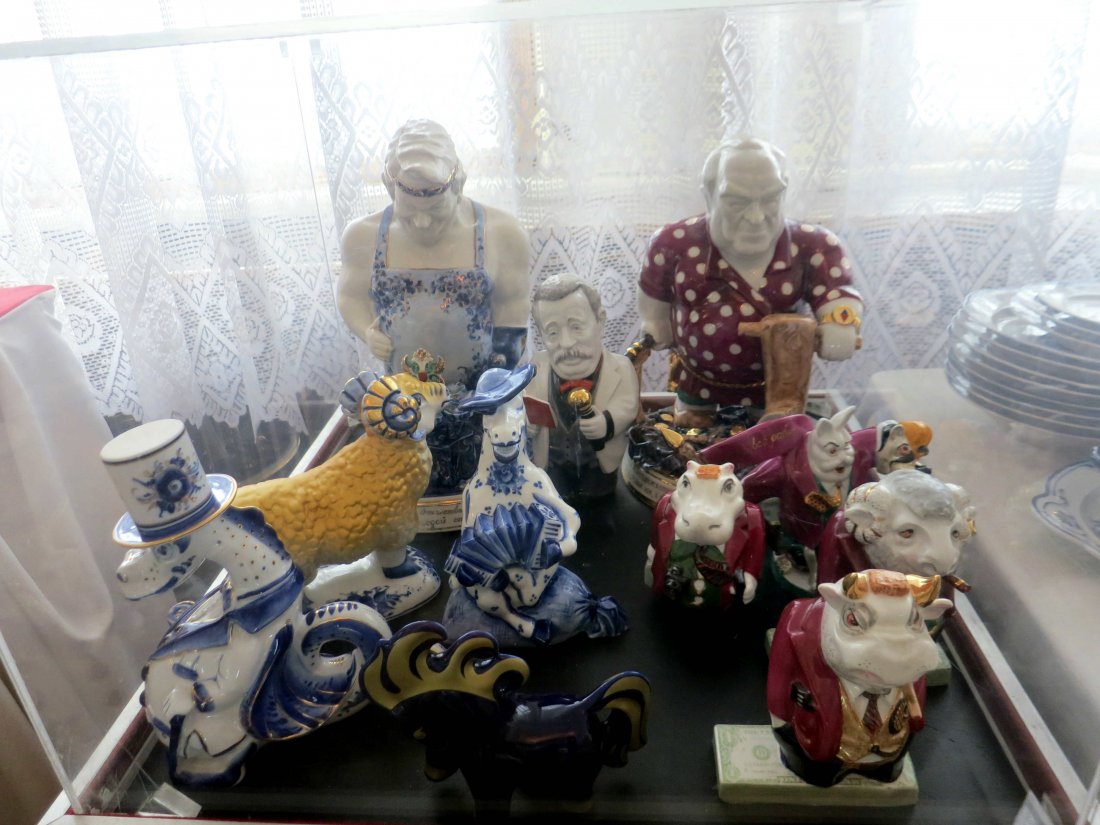Gzhel Porcelain Factory
Gzhel Porcelain Factory is a unique place in the Russian village of Novoharitonovo, where adorable products of national crafts are born.
1. Gzhel potters' faience in the 18th century had a very high quality that could rival with the creamware in England produced in the end of the 17th century.
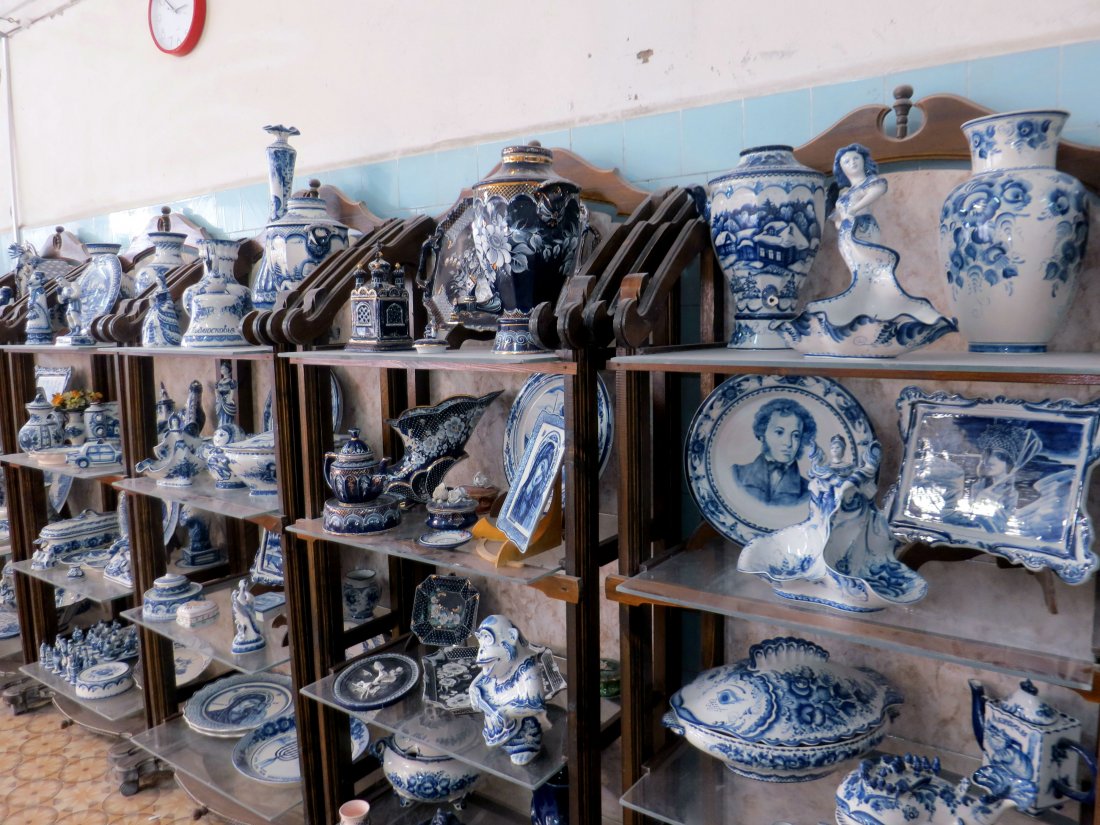
2. The range of the factory produces more than 1,000 items of porcelain for utilitarian and decorative purposes. The most popular are tea sets, tableware, dishes, vases, decorative plates, samovars, juicers, boxes, lamps, clocks, candlesticks, chandeliers, ashtrays, souvenirs and sculptures.
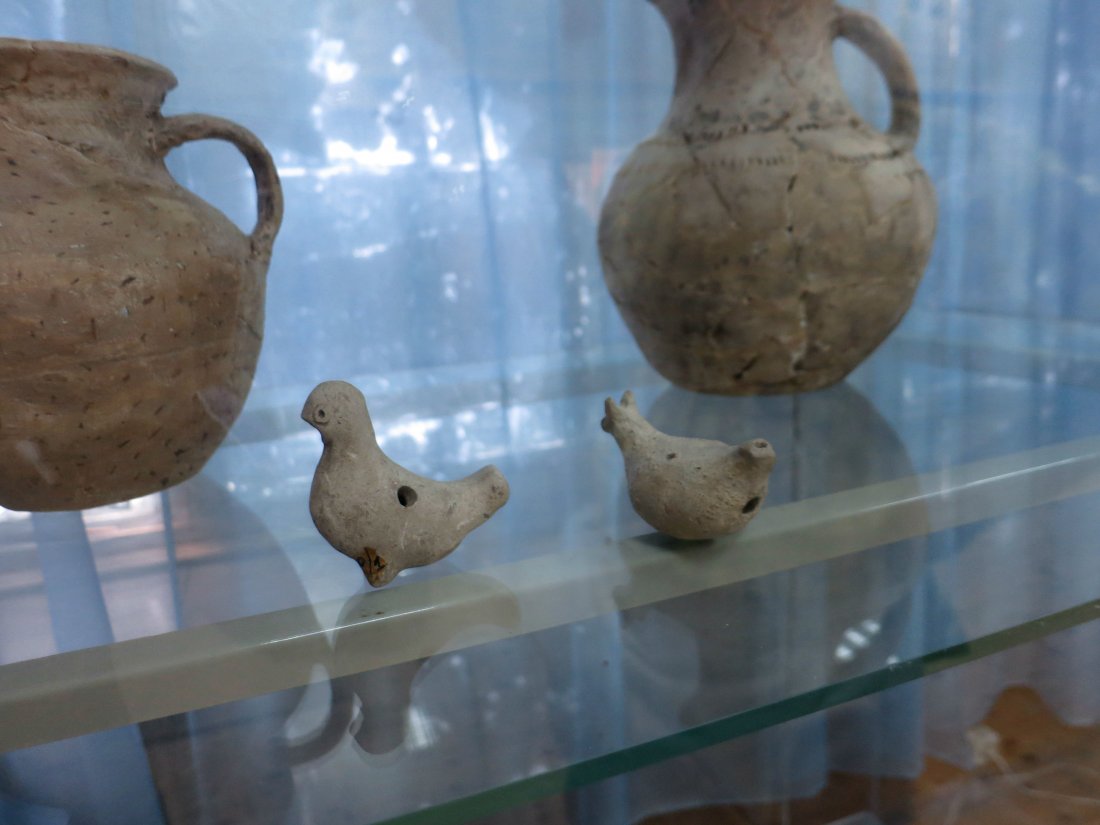
3. In the beginning of the 19th century white clay was found in Gzhel. That's when the production of Russian domestic porcelain started. In 1810 the first porcelain factory was established by the prominent industrialist Kuznetsov.
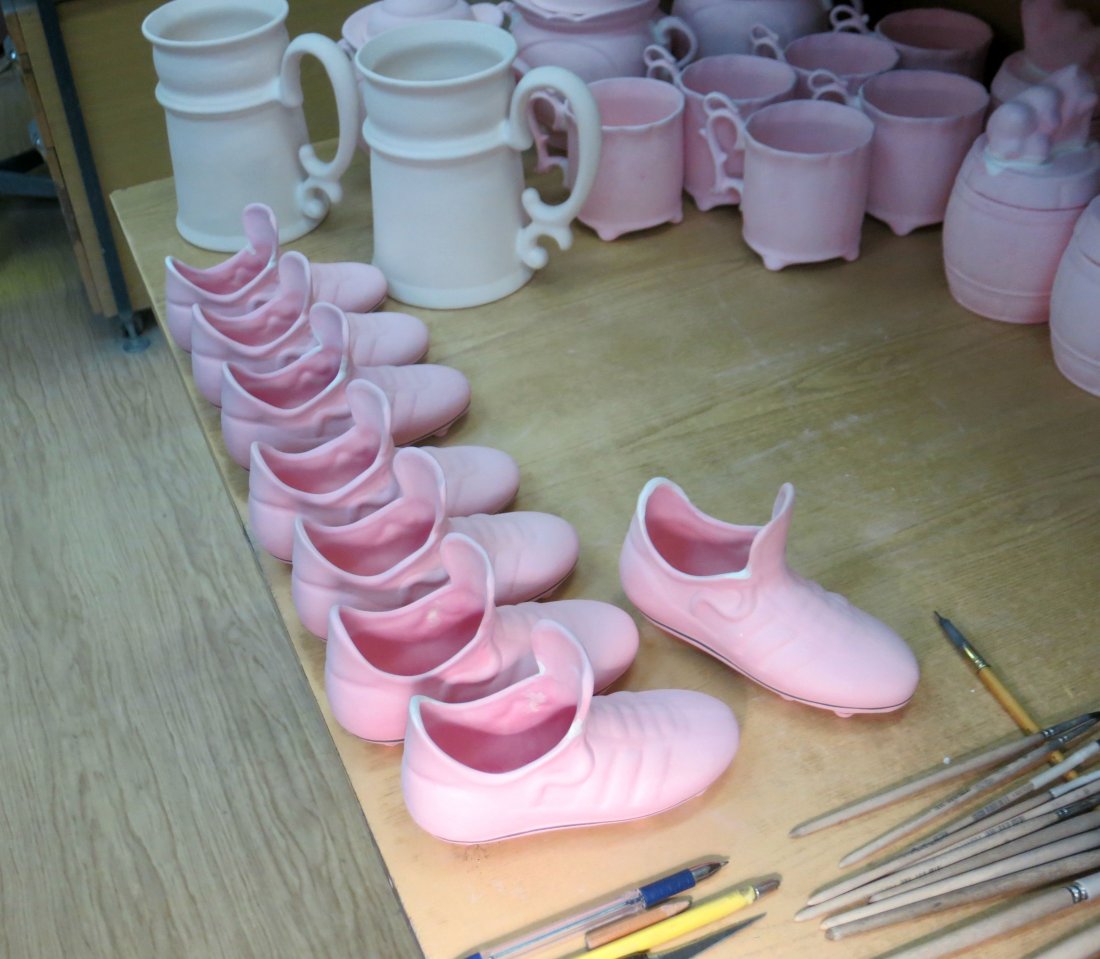
4. In 2003 local entrepreneurs and craftsmen opened Gzhel Porcelain Factory that produced an artistic porcelain. It used traditional cobalt for painting.
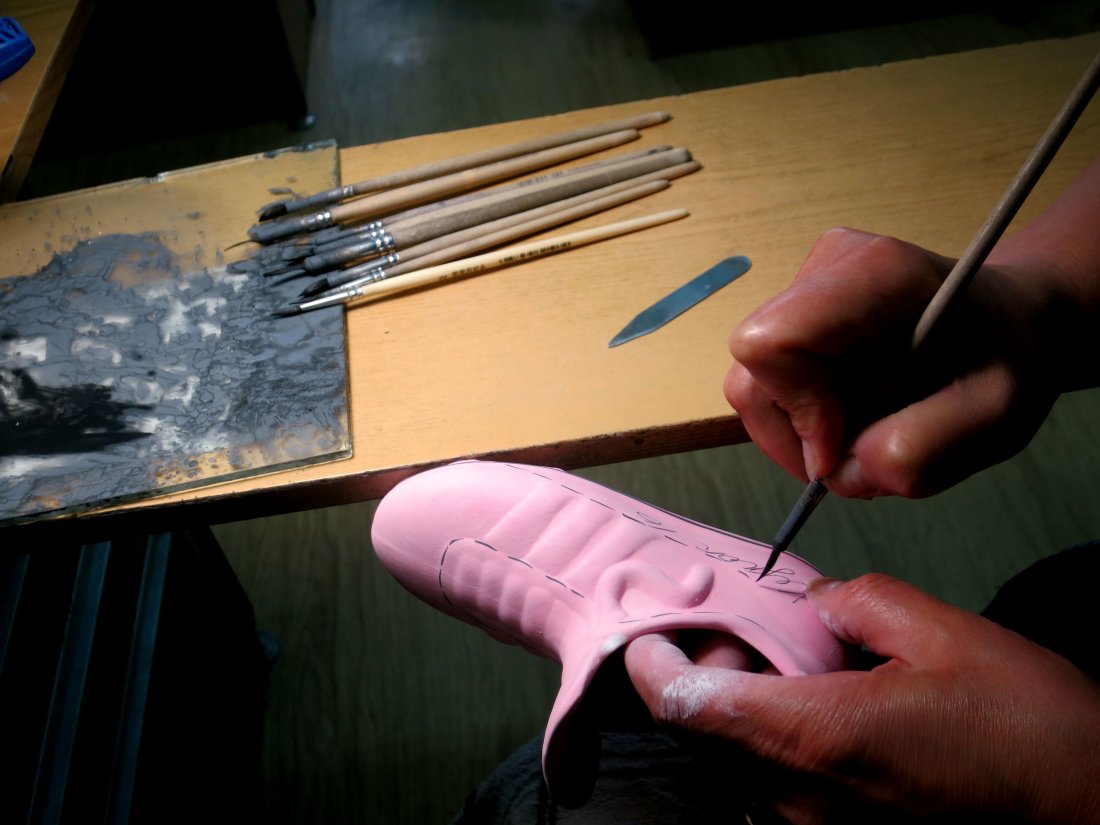
5. Gzhel is a Russian-style ceramics with folk painting. It has been manufactured since 1803 in the village of Gzhel and the areas next to it.
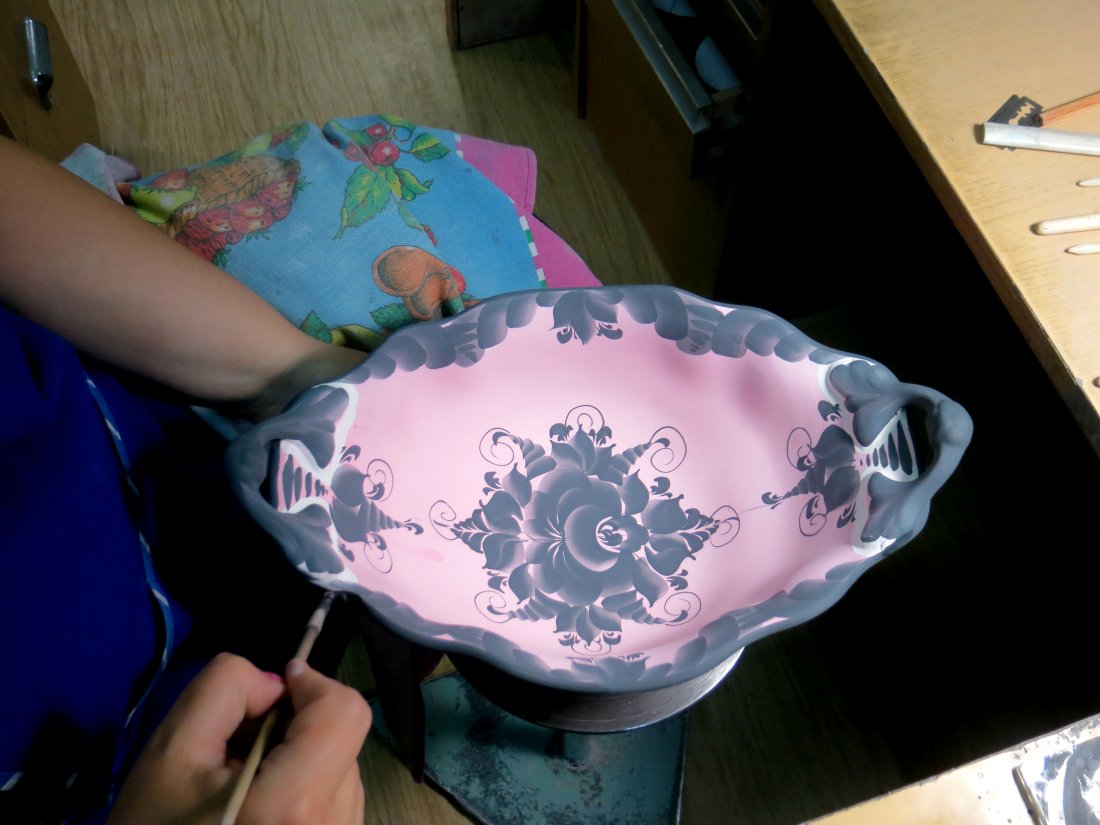
6. Many famous artists: V. Rozanov, S. Eagle, Simonov, A. Sysoev, V. Petrov, A. Rogov, A. Kiselev, V. Sidorenko, V. Klimov cooperated with Gzhel Porcelain Factory. Nowadays the factory's creative team is represented with a team of 8 specialists.
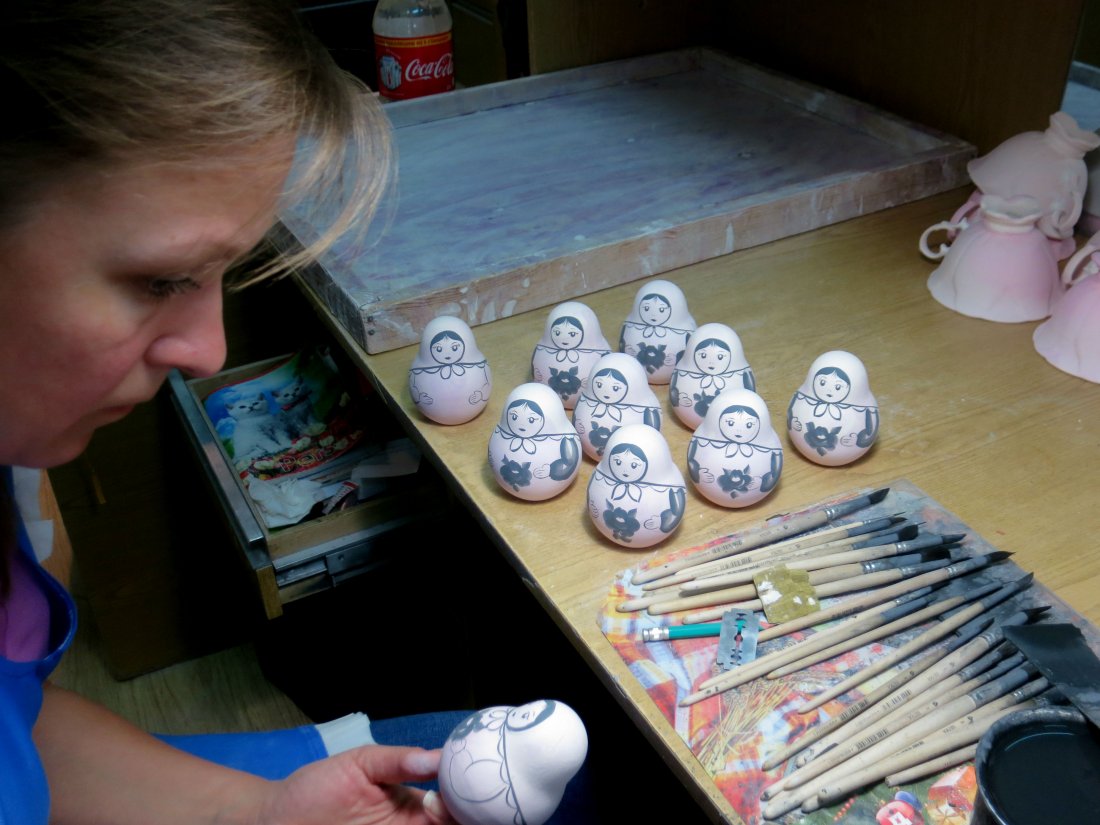
7. Gzhel's products are made manually and well-known with its traditional Russian soul. Dynasties of experienced manufactures have being working at the factory and produced those traditional ceramic art items.
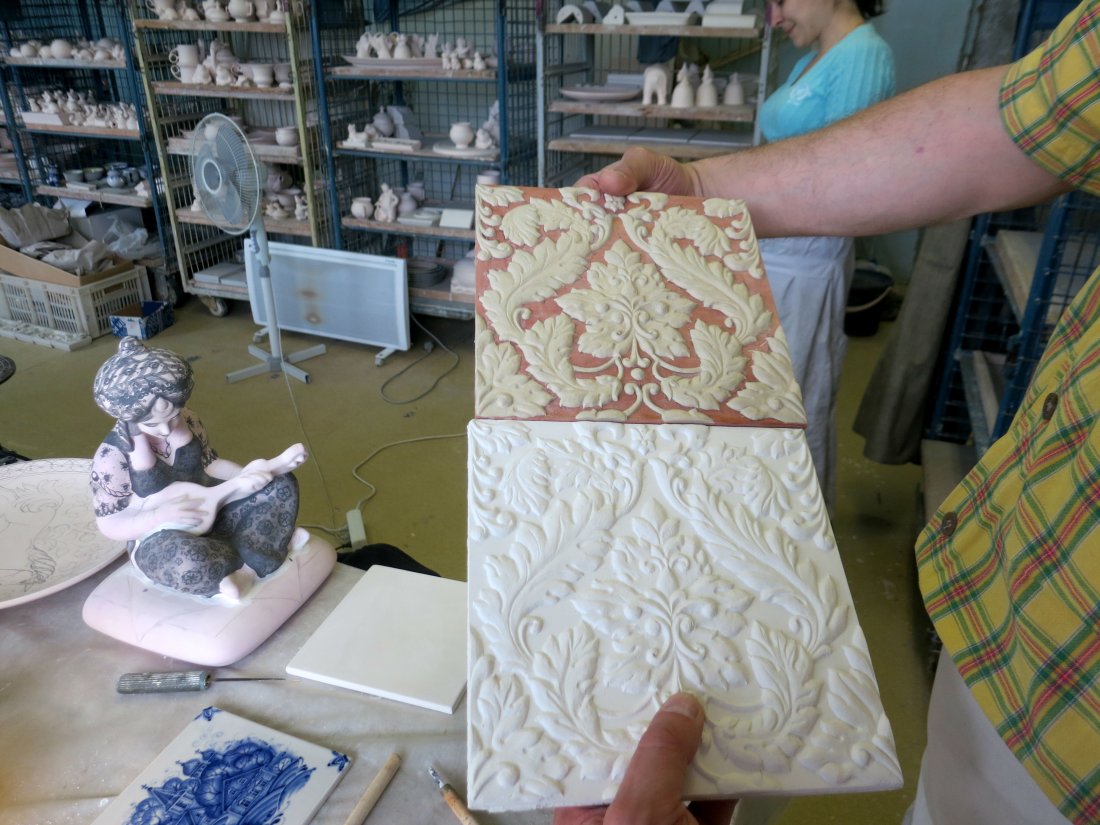
8. In the beginning of the 19th century the best artisans created Gzhel, and the production was constantly expanding. Before the war of 1812 in Gzhel there were 25 large and small factories producing porcelain.
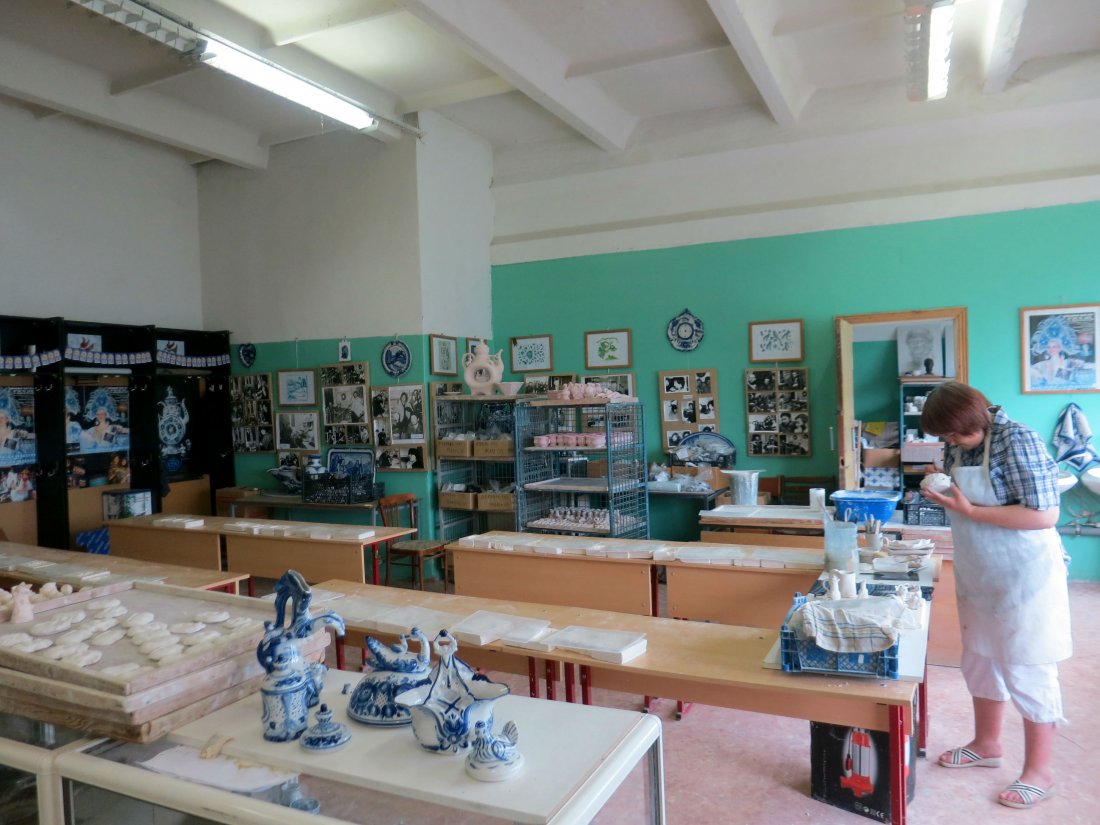
9. Gzhel porcelain production is one of the oldest in the country. Local residents were engaged in the extraction of red clay (its deposits were very close to the surface, and it was very easy to get them).
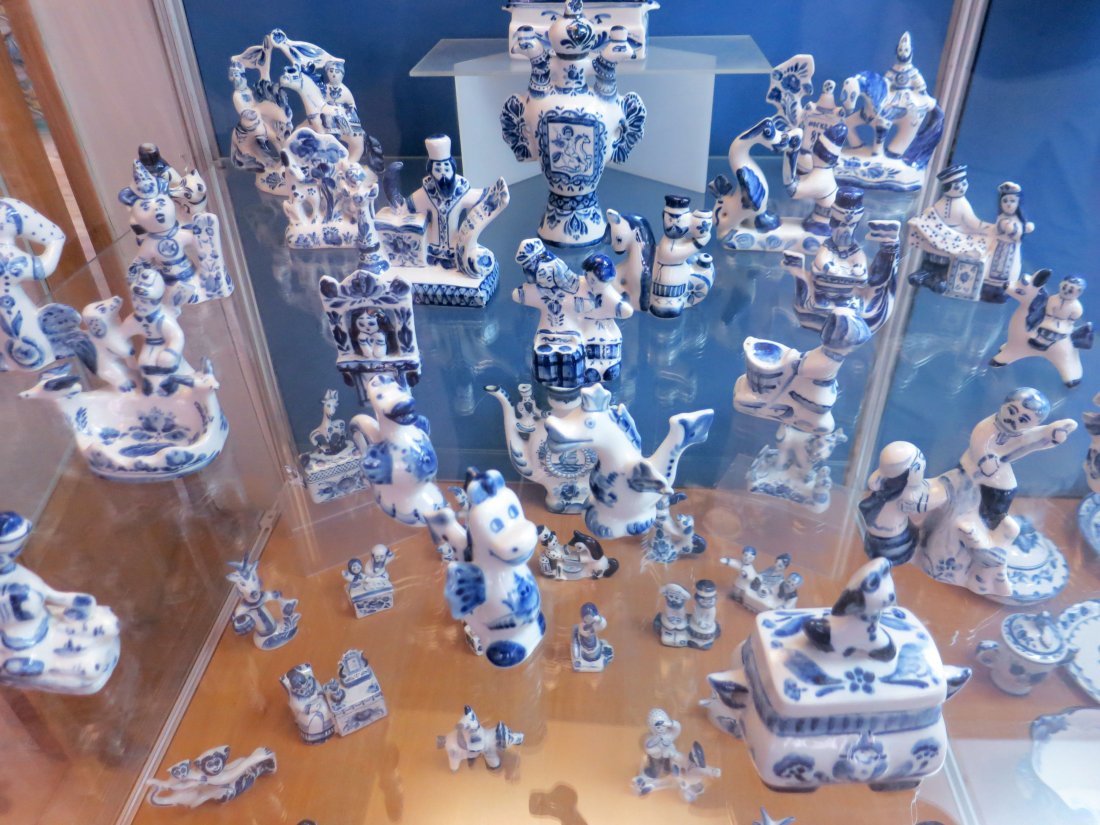
10. The mass production of Gzhel clay started in the 17th century. In 1663 the Russian tsar Alexei Mikhailovich issued a decree "... in Gzhel parish for pharmaceutical and alchemical vessels send clay which suits to the pharmacy vessels." Numerous utilitarian spheres of clay's application were listed by the great Russian scientist Mikhail Lomonosov.
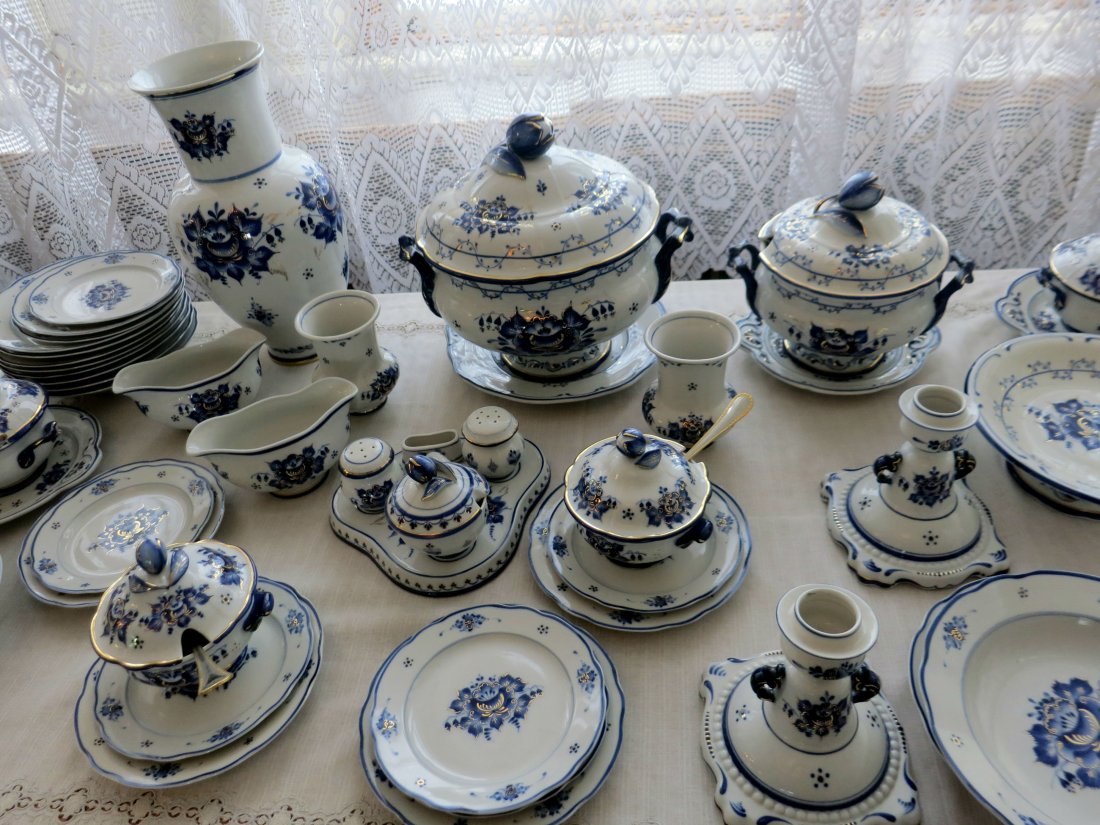
11. Gzhel Porcelain Factory is the largest Russian manufacturer of traditional porcelain. Over 300 hereditary craftsmen are working at the factory.
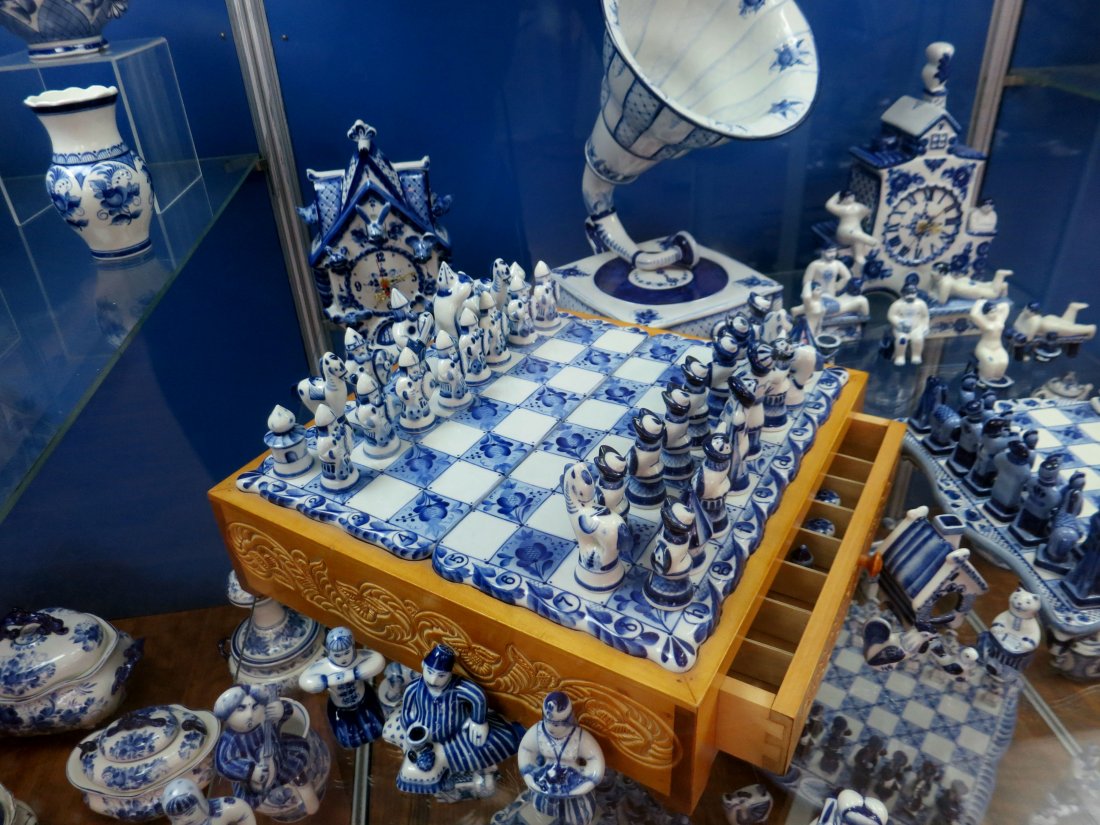
12. Gzhel is an elegant vintage, which is both decorative and utilitarian. Those items were very valuable and rare in the former Soviet Union, but it was impossible to buy them inside the country. Gzhel was available abroad for foreigners.
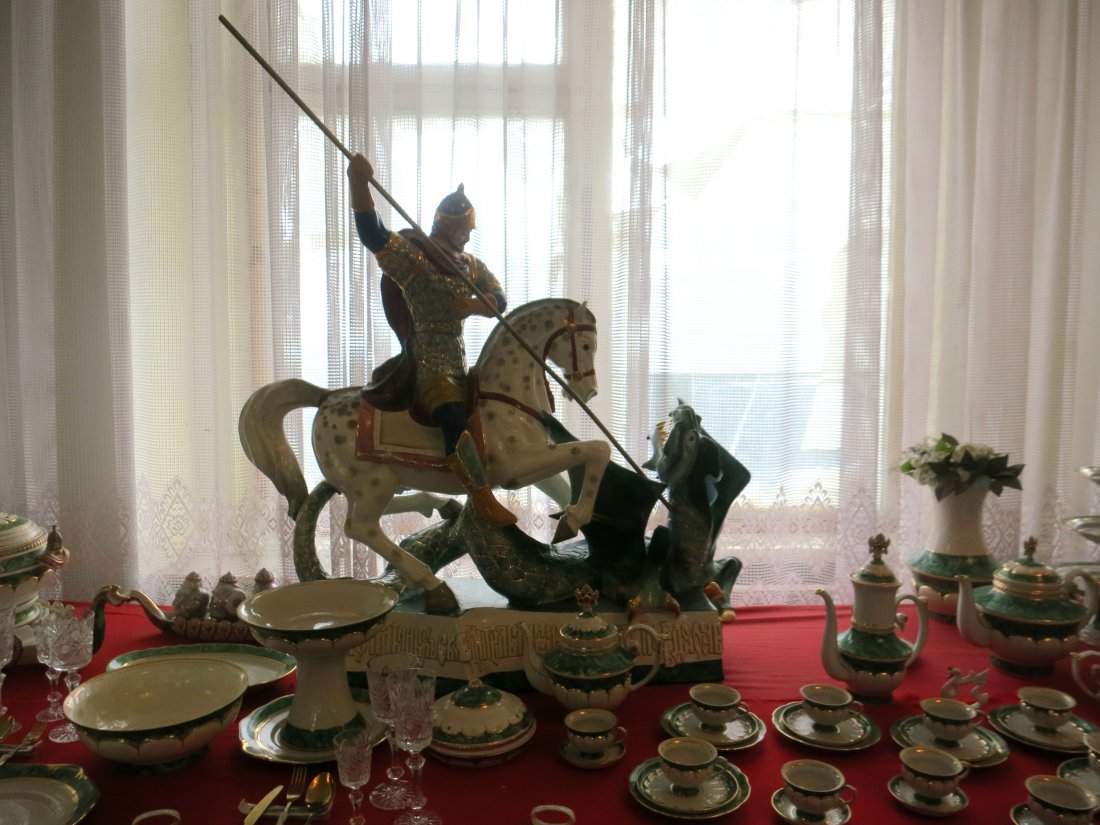
13. All factories in the Soviet Union were nationalized, and most of Gzhel enterprises were reorganized to produce electro porcelain. After the World War II, since 1947, the production of porcelain raised up again. Since then Gzhel got its amazing blue and white look, well- known all over the world.
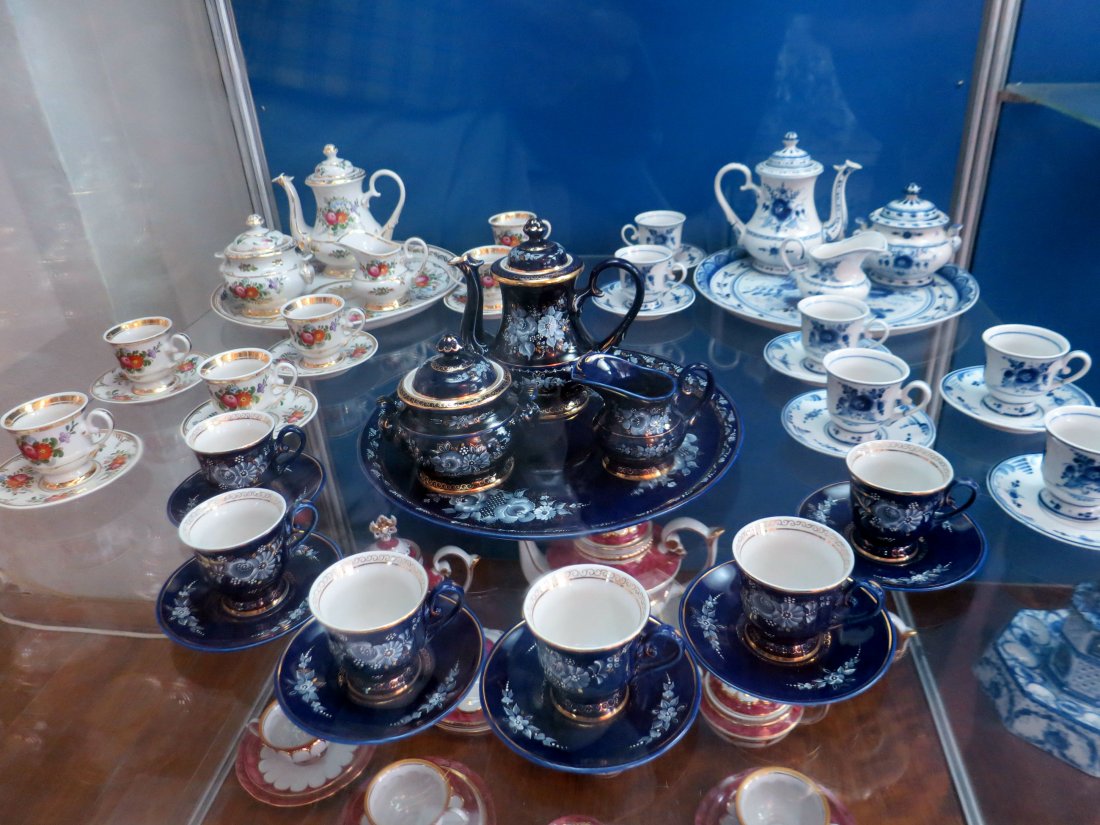
14. In September 2012 Gzhel Porcelain Factory got an official Folk Art license of the XXII Olympic Winter Games in Sochi-2014 and produced a new collection with Olympic symbols which includes a beautiful set of unique mascots Sochi 2014.
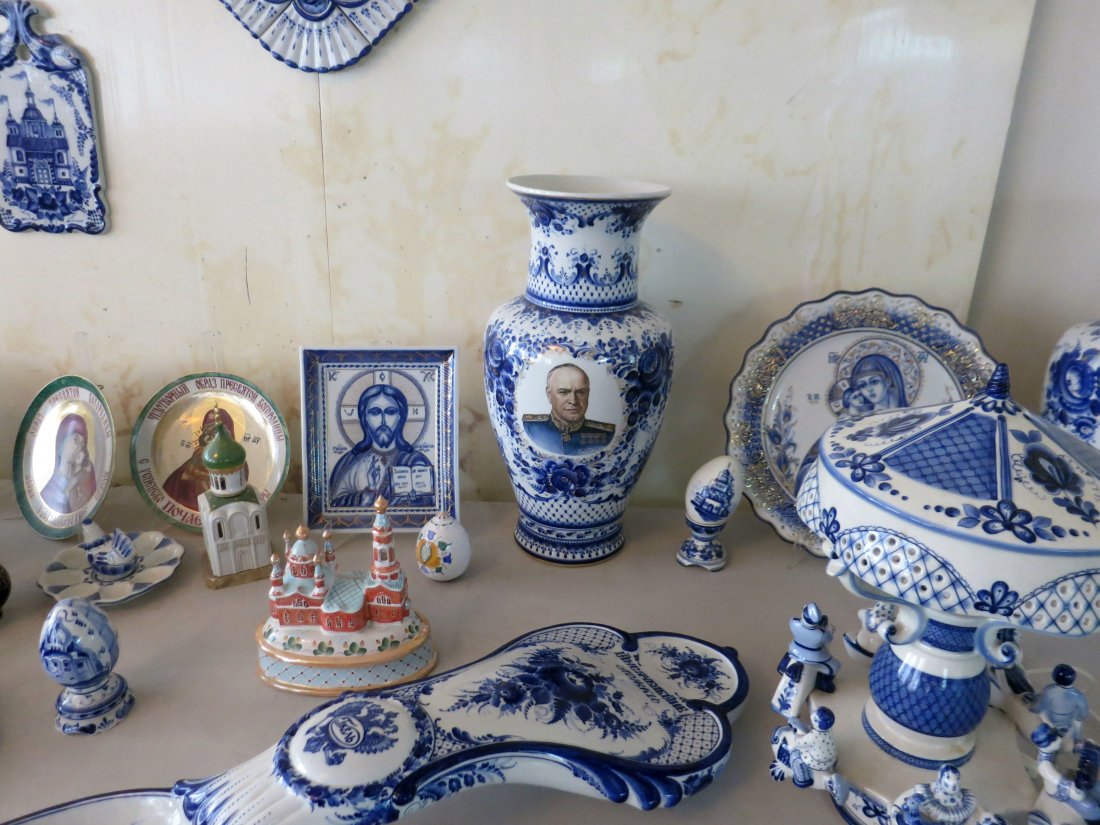
15. The peak of Gzhel porcelain production took place in the 20th century. A lot of professional artists and other specialists with a degree in the field were hired with the factory. All creations during this period became the benchmark of Gzhelian art.
